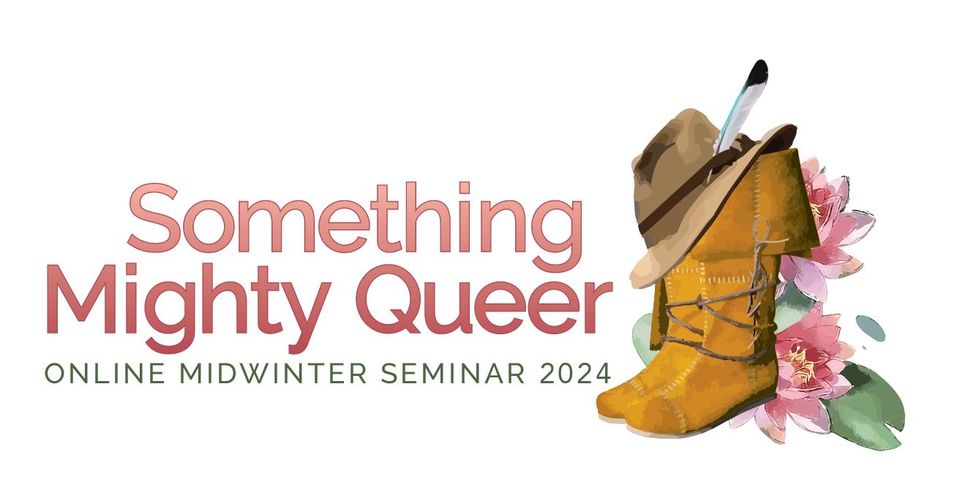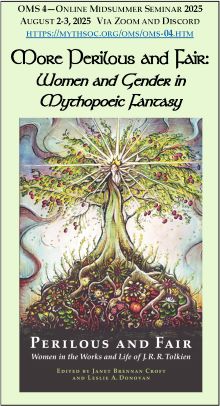Loading...
Event Website
https://www.mythsoc.org/oms/oms-2024.htm
Start Date
2-17-2024 3:00 PM
End Date
2-17-2024 3:50 PM
Description
It has often been argued that Sauron is barely present in the Lord of the Rings, existing as a villainous presence on the margins of the narrative. This paper will argue that Sauron is actually present throughout the entire narrative, as manifested in the Ring, and through the Ring’s presence as a queering device. The Ring acts out Sauron’s seduction mechanism, a defining character trait as portrayed in the Silmarillion. It is this seduction mechanism that allows the Ring to act as a queering agent throughout the narrative. Ring-lust is inherently queer as it projects a male-presented character’s seductive powers, enacted on male characters, and capitalizes on their already-present distance from heteronormativity to “corrupt” them further from normative society and prevent their reintegration. In Bilbo and Frodo’s case, their independent queerness is in many ways at odds with the queering device of the Ring, which alienates Bilbo and Frodo further from heteronormative society, functioning as a surrogate wife, and raises questions of “good” versus “bad” queerness in productive society. The Ring also capitalizes on Boromir’s homosocial hypermasculinity, manipulating his already present queerness into a corrupted version of itself.
Creative Commons License

This work is licensed under a Creative Commons Attribution-NonCommercial-No Derivative Works 4.0 International License.
Included in
Children's and Young Adult Literature Commons, Comparative Literature Commons, Digital Humanities Commons, European Languages and Societies Commons, Literature in English, Anglophone outside British Isles and North America Commons, Literature in English, British Isles Commons, Literature in English, North America, Ethnic and Cultural Minority Commons, Medieval Studies Commons, Modern Languages Commons, Modern Literature Commons, Other English Language and Literature Commons
Sauron, Seduction, and the Queering Mechanism of the Ring
It has often been argued that Sauron is barely present in the Lord of the Rings, existing as a villainous presence on the margins of the narrative. This paper will argue that Sauron is actually present throughout the entire narrative, as manifested in the Ring, and through the Ring’s presence as a queering device. The Ring acts out Sauron’s seduction mechanism, a defining character trait as portrayed in the Silmarillion. It is this seduction mechanism that allows the Ring to act as a queering agent throughout the narrative. Ring-lust is inherently queer as it projects a male-presented character’s seductive powers, enacted on male characters, and capitalizes on their already-present distance from heteronormativity to “corrupt” them further from normative society and prevent their reintegration. In Bilbo and Frodo’s case, their independent queerness is in many ways at odds with the queering device of the Ring, which alienates Bilbo and Frodo further from heteronormative society, functioning as a surrogate wife, and raises questions of “good” versus “bad” queerness in productive society. The Ring also capitalizes on Boromir’s homosocial hypermasculinity, manipulating his already present queerness into a corrupted version of itself.


